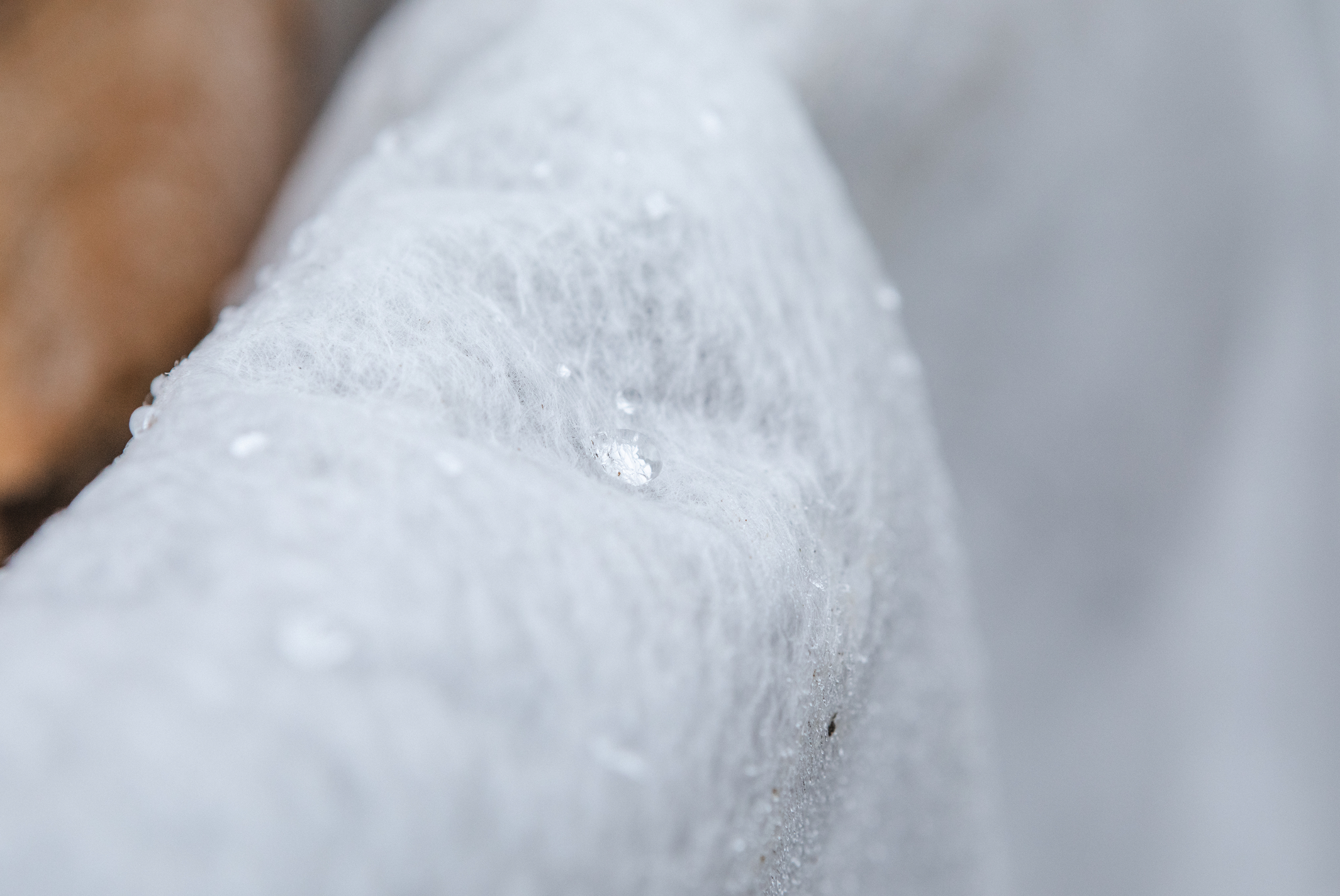Frost and moisture jeopardize sugar content
Sugar beets stored outdoors face multiple hazards. Cold snaps can freeze their internal cells, reducing their capacity to retain sugars and diminishing the overall yield. Persistent rain or snowfall onto uncovered beet piles increases moisture levels, encouraging rot while a dry beet surface increases its temperature tolerance drastically.
Frost and moisture jeopardize sugar content
Sugar beets stored outdoors face multiple hazards. Cold snaps can freeze their internal cells, reducing their capacity to retain sugars and diminishing the overall yield. Persistent rain or snowfall onto uncovered beet piles increases moisture levels, encouraging rot while a dry beet surface increases its temperature tolerance drastically.
.jpeg)
.jpeg)

.jpeg)
.jpeg)

Guard your harvest against weather extremes
Frost and moisture jeopardize sugar content
Sugar beets stored outdoors face multiple hazards. Cold snaps can freeze their internal cells, reducing their capacity to retain sugars and diminishing the overall yield. Persistent rain or snowfall onto uncovered beet piles increases moisture levels, encouraging rot while a dry beet surface increases its temperature tolerance drastically.

A few days of improper storage can undermine weeks of hard work in the fields, translating to lower revenue for both farmers and sugar factories. Drier beet also means dirt falls off easily during loading resulting in additional transport cost savings coupled with less cleaning efforts in the factory. Additionally, less dirt from the cleaning process at the factory also reduces costs for dirt disposal. Instead, high moisture content means more wet dirt on the transport trucks, higher cleaning and processing expenses.
Sudden temperature swings introduce another challenge. If conditions shift too rapidly between freezing nights and mild daytime temperatures, the beets may undergo repeated temperature stress. This process weakens their cellular structure and increased sugar consumption, leading to accelerated spoilage and reduced sugar extraction efficiency.
Better protection leads to higher profitability

TOPTEX allows the beet to dry – not only on their surface but also in terms of water-content. This increases the sugar content per ton. As a result of less input tonnage, the sugar production process is sped up and produces less cost.
Additionally, long-term trials have shown that beets that have been dehydrated during their storage under TOPTEX can withstand frost much better – in some cases, even to a level at which they can freeze and thaw completely with near to no damage at all. This effect will ensure a more reliable and stable income from an otherwise lost portion.
This synergy benefits everyone in the chain: the grower sees fewer discards, the processor gains a more straightforward refining process.
Frost and moisture jeopardize sugar content
Sugar beets stored outdoors face multiple hazards. Cold snaps can freeze their internal cells, reducing their capacity to retain sugars and diminishing the overall yield. Persistent rain or snowfall onto uncovered beet piles increases moisture levels, encouraging rot while a dry beet surface increases its temperature tolerance drastically.
Better protection leads to higher profitability
TOPTEX allows the beet to dry – not only on their surface but also in terms of water-content. This increases the sugar content per ton. As a result of less input tonnage, the sugar production process is sped up and produces less cost.
Additionally, long-term trials have shown that beets that have been dehydrated during their storage under TOPTEX can withstand frost much better – in some cases, even to a level at which they can freeze and thaw completely with near to no damage at all. This effect will ensure a more reliable and stable income from an otherwise lost portion.
This synergy benefits everyone in the chain: the grower sees fewer discards, the processor gains a more straightforward refining process.

.jpeg)
.jpeg)

.jpeg)
.jpeg)
.jpeg)
.jpeg)
.jpeg)

How TOPTEX protects sugar beet piles
TOPTEX sugar beet covers integrate durability and breathability to keep the pile’s interior environment more stable. The fabric shields against rain and snow, allowing the beet to dry off. Simultaneously, it allows airflow, so heat and moisture do not become trapped. Because the covers are lightweight yet strong, setting them up or removing them is manageable for workers and machinery, whether the operation is small scale or spans multiple storage sites.
Once deployed, the covers help regulate temperature by deflecting harsh sunlight and reducing the severity of cold infiltration at night. With consistent coverage, the risk of frost damage declines, and beets have a better chance of retaining their sugar content until it is time for processing. This unmatched combination of thermal moderation and moisture control makes TOPTEX an ideal choice for farms that must store large beet piles for extended periods.




Key benefits
Heading 4
01
Heading 4
01
Heading 4
01
.png)


